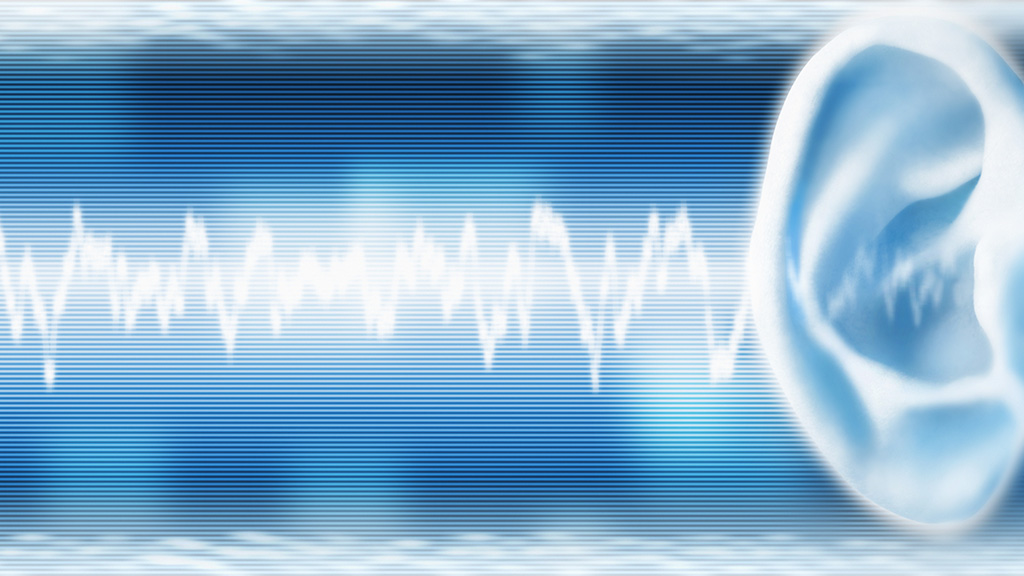Abstract
“Henry” is not the best of patients. He has been admitted into the hospital with bacterial pneumonia, but he soon becomes bored and frustrated by his rate of progress; are the prescribed intravenous antibiotics really doing anything? His solution is to take matters into his own hands and increase the rate of antibiotics perfusion with the idea that increasing his dose will cure him faster and hasten his discharge from the hospital. The consequences are not good. During convalescence at home, “Freddie,” Henry’s son, discovers that his father is losing his hearing. In working through this case study, students will discover how sound waves stimulate the hair cells in the cochlea and produce the sensation of hearing. This case was designed for use in a one-semester animal physiology course taken by sophomore and junior science majors; it could also be used in an anatomy and physiology course.



